British Food: Basic Overview
Common Ingredients
Common Cooking Methods
Courses
Meals
Key Taste
Eating Etiquette
Meal Presentation
Culinary Festivals
Influence and Fusion
Popular Types of British Food
-
Fried dishes
From golden-brown fish encased in crispy batter to savory sausage meat wrapped in breadcrumbs, these dishes are staples in street food scenes and cozy pub settings.
These meals are a go-to choice for casual dining and takeaway.
-
Casseroles and bakes
Casseroles and bakes in British cooking combine ingredients like tender meats, vegetables, and potatoes in one dish, often topped with a golden crust.
Ideal for family dinners, they’re especially welcome during the colder months, serving as the centerpiece of a home-cooked meal.
-
Cakes and pastries
British cakes and pastries range from light, buttery sponges to flaky, puff pastry treats.
These sweet offerings are often enjoyed as part of afternoon tea, a tradition that turns a simple snack into a luxurious daily pause.
-
Bread and doughs
Bread and dough-based dishes in British cuisine range from dense soda bread to light and airy Yorkshire puddings.
These staples accompany meals throughout the day, serving as a base for savory toppings or soaking up rich gravies and sauces.
-
Desserts
British desserts are rich in tradition and taste, offering a sweet finish to any meal.
From the deep, sweetness of sticky toffee pudding to the light, fruity delight of a summer trifle, these treats cater to a wide variety of tastes.
British dishes are culinary creations commonly found throughout the United Kingdom, which comprises tasty English dishes, Scottish specialties, palatable Welsh dishes, and Northern Irish delicacies.
British cuisine blends traditional flavors with global influences, thanks to the UK’s history of trade, colonization, and immigration. This has introduced favorites like the spice-infused chicken tikka masala and the classic Sunday roast.
The food is often centered around meats like beef, lamb, and popular seafood such as cod and haddock. Vegetables like potatoes, carrots, and peas are the main sides, and pies, savory like the Cornish pasty and sweet like apple pie, are favored.
The focus is on the natural taste of fresh ingredients, with herbs like rosemary, thyme, and parsley. British cooking mainly involves roasting, boiling, and baking. Frying is also popular, especially for the fish and chips.
In this guide, I’ll explore the most well-known dishes, uncover traditional flavors, and see why they’re loved worldwide, including their health benefits.
Next, discover the features of dishes from England, Scotland, Wales, and Northern Ireland, how they’ve evolved, and how to dine like a Brit, including perfect dish and drink pairings.
In the end, you can also compare British and American dishes. Let’s get started on this tasty adventure!
37 Popular British Dishes with Filters
Here are the most popular 37 British dishes, organized by their global popularity. Explore these favorites using filters for ingredients, flavors, cooking methods, dish types, and meal times.
Dive into everything from classic recipes and national dishes to creative fusions, and street foods.
Fusion dishes in British cuisine showcase the blending of traditional British flavors with elements from other culinary traditions such as India.
Fish and Chips
- Street Food
- Traditional
Fish and chips is a classic British street food dish comprising deep-fried fish in a crispy batter served alongside chunky potato fries, commonly called chips. This dish is a national favorite across the UK, known for its tasty flavor and satisfying crunch.
Variations include using different types of fish such as cod, haddock, or plaice. The taste is savory, often enhanced with a sprinkle of salt and vinegar.
Fish and chips is traditionally enjoyed casually, often wrapped in paper for easy takeaway. It’s especially popular at the seaside.
It’s a year-round staple that has gained popularity in other parts of the world, particularly in Commonwealth countries and coastal regions of the United States.
Chicken Tikka Masala
- Fusion
- National
Chicken tikka masala is a fusion British dish consisting of roasted chunks of chicken tikka smothered in a creamy, spiced tomato sauce. This dish is celebrated as a modern British dish, blending Indian flavors with British tastes.
The taste is rich and aromatic, balanced with spicy and creamy elements. Variations feature different spice levels or adding other ingredients, but the core concept remains the same.
Chicken tikka masala is often enjoyed with rice or naan bread as part of a more formal meal. It is a to-go option for dining out or takeaway.
Its popularity extends beyond the UK and is enjoyed in various forms in India, North America, and beyond.
Full English Breakfast
- Traditional
A Full English Breakfast is a traditional meal that prepares you for the day ahead. This plate has bacon, sausages, eggs, tomatoes, mushrooms, baked beans, black pudding, and toast or fried bread.
It’s a popular breakfast choice across the UK, offering a savory start to the day with its rich flavors and varied textures. While there are regional variations, such as adding haggis in Scotland or potato cakes in Ireland, the core components remain largely the same.
The Full English Breakfast is often associated with leisurely weekend mornings or as a special treat to kick-start a holiday. Despite its British origins, variations of this breakfast have found fans across the globe, especially in countries with British expat communities.
Scones
- Traditional
Scones are an essential part of the British tea time tradition. These light, slightly sweet pastries are often served with clotted cream and jam, famously known as a Cream Tea.
Scones come in various flavors, with raisin or sultana scones being among the most popular, alongside plain and savory versions like cheese scones.
Enjoying scones is mainly associated with afternoon tea, a cherished British ritual that turns a simple snack into a luxurious daily pause.
Shepherd’s Pie
- Traditional
Shepherd’s pie, also known as cottage pie when made with beef, is a traditional dish rooted in British cuisine.
This heartwarming meal consists of a savory layer of minced lamb (for shepherd’s pie) or beef (for cottage pie), cooked with onions, vegetables, and sometimes flavored with Worcestershire sauce, all topped with a fluffy mashed potato crust.
The dish’s rich and meaty flavor, complemented by the creamy softness of the potato, makes it a beloved choice for family dinners and particularly enjoyed during the colder months.
Sunday Roast
- National
- Traditional
Sunday roast is a British meal traditionally served on Sundays, featuring roasted meat, such as beef, chicken, lamb, or pork, alongside roasted potatoes, vegetables, Yorkshire pudding, and gravy.
This meal is a weekly ritual that brings families and friends together. The taste is a blend of flavors, from the succulent meat to the crispy potatoes and the rich, savory gravy.
Beef Wellington
- Traditional
Beef Wellington is a traditional British dish with a tender fillet steak coated with pâté and duxelles, a finely chopped mixture of mushrooms, shallots, and herbs, then wrapped in puff pastry and baked.
The result is a beautifully golden, flaky crust with a succulently moist and flavorful interior. Beef Wellington has a luxurious taste, combining the savory depth of the meat with the buttery, crisp pastry. It’s often served on special occasions and celebrations, particularly Christmas.
Yorkshire Pudding
- Traditional
Yorkshire pudding is a British dish, traditionally served as a roast dinner. Made from a simple batter of eggs, flour, and milk, it’s baked in the oven until it puffs up and becomes golden brown. The outer layer is crispy, while the inside remains soft and slightly chewy.
Originally served as a starter with gravy to reduce the appetite for the more expensive meat course, it’s now commonly enjoyed alongside roast beef and vegetables.
Yorkshire pudding is sometimes used as a base for savory fillings, creating a meal known as “Toad in the Hole” when sausages are baked into the batter.
Sticky Toffee Pudding
- Traditional
Sticky toffee pudding is a British dessert, comprising a moist sponge cake made with finely chopped dates, covered in a rich toffee sauce. Often served warm with vanilla ice cream or custard, its taste is deeply sweet and scrumptious.
This dessert is particularly popular during the colder months and has become a staple in British pubs and restaurants.
Scotch Egg
- Street Food
- Traditional
Scotch egg is a portable snack that has become a staple of British picnic baskets and pubs. It consists of a hard or soft-boiled egg wrapped in a layer of seasoned sausage meat, coated in breadcrumbs, and then deep-fried or baked until golden brown.
The result is a combination of textures: crispy on the outside, savory meat in the middle, and a tender, creamy egg at the heart.
Victoria Sponge
- Traditional
Victoria sponge is a British cake named after Queen Victoria, who was known to enjoy a slice with her afternoon tea.
This cake is simplicity at its finest, made of two layers of light, buttery sponge cake filled with jam (traditionally strawberry or raspberry) and dusted with powdered sugar. Some variations include a layer of whipped cream to add a luxurious richness.
The taste is sweet, but not overly so, with the fruitiness of the jam complementing the soft sponge perfectly. It’s a common treat for afternoon tea, birthdays, and celebrations.
Trifle
- Traditional
Trifle is a layered dessert that combines fruit, sponge cake soaked in sherry or another fortified wine, custard, and whipped cream.
It’s common to see variations that include different types of fruit, jelly flavors, or even the addition of chocolate or coffee elements.
Trifle is particularly popular during festive seasons, especially Christmas, when it’s a show-stopping conclusion to the holiday meal. Though it originated in the UK, its appeal has spread to other countries, especially the Commonwealth.
Bangers and Mash
- Traditional
Bangers and mash, a simple yet immensely satisfying dish, consists of sausages (“bangers”) served with mashed potatoes (“mash”). This dish is a staple of British pub fare, known for its comforting, homey taste.
The sausages are typically made of pork or beef and are often flavored with herbs and spices, while the mashed potatoes are creamy and buttery, sometimes with added flavors like cheese or onion.
The dish is usually served with onion gravy, adding a savory depth that complements the richness of the sausages and the smoothness of the potatoes.
Eton Mess
- Traditional
Eton mess is a tasty dessert that combines the simple pleasures of crushed meringue, whipped cream, and strawberries.
Originating from Eton College and traditionally served at the school’s annual cricket game against Harrow School, this dish mixes creamy, crunchy, and fruity elements.
While strawberries are the traditional choice, variations might include other berries or mixed fruits to suit the season or personal preference. Eton mess is especially popular in British summer, particularly at garden parties and picnics.
Toad In The Hole
- Traditional
Toad in the hole is a traditional British dish that features sausages baked in Yorkshire pudding batter. The name, whimsical as it may sound, is believed to refer to the appearance of the sausages poking out of the batter as it cooks, resembling toads peeking out of a hole.
The taste is a blend of meaty sausages with the batter’s soft, slightly crisp edges, often served with onion gravy and vegetables on the side.
Steak and Kidney Pie
- Traditional
Steak and kidney pie is a traditional British delicacy consisting of savory pie filled with tender chunks of steak, kidney (usually beef or lamb), onions, and sometimes mushrooms, all encased in a rich, thick gravy and baked inside a flaky pastry crust.
This dish is a staple of British pub and home cooking, especially appreciated during the colder months for its warming qualities.
Sausage Roll
- Street Food
- Traditional
Sausage roll is a popular British snack or light meal, consisting of sausage meat wrapped in puff pastry and baked until golden brown.
The pastry is light and flaky, providing a delightful contrast to the meaty filling. Sausage rolls are enjoyed at all sorts of occasions, from casual gatherings to more formal events, often served as part of a buffet or as a quick, on-the-go snack.
Welsh Rarebit
- Traditional
Welsh rarebit, sometimes called Welsh rabbit, is a traditional British dish that elevates the humble cheese on toast to a new level. It involves a savory sauce made from melted cheese, often mixed with beer, mustard, Worcestershire sauce, and various spices, poured over slices of toasted bread.
This dish is celebrated for its rich taste, with a sharp tang from the mustard and a depth of flavor from the beer. Welsh Rarebit is a staple in British homes, particularly as a warming meal on colder evenings.
Pie and Mash
- Street Food
- Traditional
Pie and mash is a classic British comfort food, consisting of a meat pie, traditionally filled with minced beef and onions, served alongside mashed potatoes and, often, a helping of green peas.
This dish symbolizes London’s working-class heritage, originally a street food that has found its way into the hearts and kitchens across the UK.
Pie and mash is especially cherished during colder months and has become a staple in British pubs and restaurants worldwide.
Black Pudding
- Street Food
- Traditional
Black pudding is a traditional British savory dish known in some regions as blood sausage. It’s made from a blend of pork blood, oatmeal, fat, and spices, typically enjoyed as part of a full English breakfast.
The dish has a rich, earthy flavor with a slight mineral tang due to its blood content, complemented by the warming spice mix.
Black pudding is a staple in traditional breakfasts across the UK and has gained appreciation in other countries, especially within Europe.
Pasty
- Street Food
- Traditional
Pasty (Cornish pasty) is a baked pastry, a hallmark of Cornish cuisine, traditionally filled with beef, potato, swede (rutabaga), and onion, crimped on one side to seal the filling.
Known for its portability and hearty filling, the pasty was originally the lunch of Cornish miners but has since become a favorite meal across the UK.
There are many variations, including vegetarian and sweet versions. Pasties are particularly enjoyed during Cornish celebrations like St. Piran’s Day but have also found their way into the hearts and kitchens of people worldwide.
Christmas Plum Pudding
- National
- Traditional
Christmas plum pudding, also known simply as plum pudding, is a traditional British dessert particularly popular during the festive season.
This rich, boiled pudding is packed with dried fruits, such as raisins and currants, and often flavored with spices, nuts, and sometimes a splash of brandy or other alcohol.
The taste is deeply fruity and spiced, offering a warm end to a Christmas meal. A key tradition involves making the pudding with a silver coin hidden inside, bringing luck to whoever finds it.
Haggis
- National
- Street Food
- Traditional
Haggis is a national dish of Scotland, known for its unique blend of savory, nutty, and slightly spicy flavors.
It consists of a mixture of sheep’s offal (heart, liver, and lungs), minced with onion, oatmeal, suet, spices, and salt, traditionally encased in the animal’s stomach and simmered for several hours.
Haggis is closely associated with Burns Night, celebrated on January 25th in honor of the Scottish poet Robert Burns, but it’s also enjoyed year-round in Scotland and beyond.
Cawl
- National
- Traditional
Cawl is a Welsh stew made with lamb and various root vegetables like potatoes, carrots, and leeks, simmered slowly to meld the flavors together.
Over time, regional variations have emerged, with some versions incorporating beef or seafood. The dish is particularly enjoyed during the colder months.
Ulster Fry
- National
- Traditional
The Ulster Fry is a national breakfast dish from Northern Ireland, known for its generous and fulfilling composition. This breakfast plate is a feast of fried foods, typically including bacon, eggs, sausages, black pudding, soda bread, and potato bread.
The richness and variety of the dish make it a filling start to the day, savored for its combination of savory, salty, and slightly sweet flavors, especially from the bread.
Its popularity extends into other parts of the UK and Ireland, often enjoyed in cafes and homes where a substantial, comforting breakfast is desired.
Kedgeree
- Fusion
Kedgeree is a fusion dish that combines elements of British and Indian cuisines.
Originally conceived from the Indian dish ‘khichari’, kedgeree transforms into a breakfast or brunch option featuring flaked fish (traditionally smoked haddock), boiled rice, parsley, boiled eggs, and a currying of spices, often finished with a squeeze of fresh lemon juice.
Its taste is a delightful balance of smoky, savory, and mild spicy flavors, making it a popular choice for a luxurious start to the day.
Neeps and Tatties
- Traditional
Neeps and Tatties, a traditional Scottish duo, is as simple as it is beloved. ‘Neeps’ is Scots for turnips (though often referring to rutabaga or swede), and ‘tatties’ are potatoes.
Both vegetables are boiled and mashed, sometimes with butter or chives added for extra flavor. This dish is famously served alongside haggis as part of Burns Supper on January 25th, celebrating the Scottish poet Robert Burns.
Soda Bread
- Traditional
Soda bread is a type of bread found in Irish and British baking traditions. This bread is unique because it uses baking soda as a leavener instead of yeast, which gives it a distinctive texture and taste.
It’s often made with just a few basic ingredients: flour, baking soda, salt, and buttermilk. The result is a dense, slightly tangy bread with a soft interior and a crispy crust.
Soda bread can be enjoyed in many ways, from slathered with butter to serving as a side for soups and stews.
Jellied Eels
- Street Food
- Traditional
Jellied eels is a traditional London dish consisting of chopped eels boiled in a spiced stock allowed to cool and set, forming a jelly. It’s often served cold and accompanied by pie and mash.
The taste is quite distinctive, with the eel’s firm, meaty texture complemented by the subtle spices of the jelly.
Sticky Fig Pudding
- Traditional
Sticky toffee pudding, often found with a delicious twist as sticky fig pudding, is a delicious British dessert known for its moist sponge cake, laden with finely chopped figs, and smothered in a rich, warm toffee sauce.
This treat is known for its deeply sweet flavor, with the figs adding a subtle fruity note that complements the indulgent toffee. It’s a dessert that wraps you in warmth, perfect for ending a meal on a high note, especially during the colder months.
Lancashire Hotpot
- Traditional
Lancashire hotpot is a traditional English dish hailing from the northwest county of Lancashire. This stew is simple, traditionally made with lamb or mutton and sliced potatoes, slowly cooked in a covered pot to create tender meat and a crispy potato topping.
Root vegetables like onions and carrots often join the mix, adding to the stew’s robust flavor. Lancashire hotpot is especially appreciated during the chilly autumn and winter months.
Bubble and Squeak
- Traditional
Bubble and Squeak is a British fried cake made from leftover vegetables, primarily mashed potatoes and cabbage, though other vegetables like carrots, peas, or Brussels sprouts can also appear.
The dish gets its whimsical name from the sounds the vegetables make as they bubble and squeak in the pan. The taste is a blend of crispy edges and soft, savory middle, making it a popular choice for a hearty breakfast or as a side.
Laverbread
- Traditional
Laverbread, not to be confused with bread, is a traditional Welsh delicacy made from laver, a type of seaweed commonly found along the west coast of Great Britain and Ireland.
The seaweed is boiled for several hours, then minced or pureed, turning into a deep green paste often mixed with oatmeal and formed into fried patties.
It’s frequently served as part of a traditional Welsh breakfast alongside bacon and cockles, providing a nutritious start to the day.
Rice Pudding
- Traditional
Rice pudding is a dessert with a special place in many British hearts, characterized by its creamy texture and gentle sweetness. This dish is made by slow-cooking rice with milk and sugar, often infused with vanilla or cinnamon.
Some variations include adding a sprinkle of nutmeg or mixing dried fruits like raisins or sultanas for a bit of chewiness. Rice pudding is enjoyed both warm and cold, making it a versatile treat for any season.
Jam Roly-Poly
- Traditional
Jam roly-poly, also known as “dead man’s arm” when steamed in a cloth, is a classic British pudding that brings back memories for many.
It consists of a suet pastry rolled out, spread with jam (usually raspberry or strawberry), then rolled up and baked or steamed. The result is a soft, sponge-like roll with a sweet, fruity center, often served with custard or cream.
Jam roly-poly is a favorite treat, especially in the context of a traditional Sunday lunch or as a warming dessert during the winter.
Cullen Skink
- Traditional
Cullen skink is a thick Scottish soup that hails from the town of Cullen in Moray, on the northeast coast of Scotland. This dish blends smoked haddock, potatoes, and onions, simmered in milk to create a rich soup.
The taste of Cullen skink is deeply savory, with a smoky richness from the haddock, balanced by the creaminess of the milk and the earthy flavors of the potatoes and onions.
It’s a traditional recipe, often enjoyed during the colder months for its warming properties, serving as a filling meal on its own or as a starter.
Deep-fried Mars Bar
- Street Food
The Deep-fried Mars bar is a popular dessert in British, especially Scottish, cuisine. It’s made by coating a Mars bar in batter and deep-frying it, resulting in a dish that combines the candy’s chocolate, caramel, and nougat with crispy batter.
This treat symbolizes UK street food innovation, with variations including other candy bars.
List of British Dishes by Country
What Are the Key Features of British Dishes by Country?
British cuisine is a diverse tapestry, reflecting the cultures of England, Scotland, Wales, and Northern Ireland. Each country brings its flavors to the table, and here is how:
These distinctive features lay the groundwork for the dynamic evolution of British cooking, adapting and transforming through time.
How Does British Cooking Evolve?
Let’s take a quick look at how British food has changed over the years:
This evolution is further enriched by the influences that weave new threads into British cuisine.
How do Other Cultures Influence British Dishes?
Here’s how different cultures have left their mark on what people eat in the UK:
This mix of global tastes and traditional British cooking has made the food scene in the UK really exciting and always changing.
This cultural melting pot not only diversifies the dishes but also introduces varied dining etiquettes, adding depth to the British dining experience.
What Is British Dining Etiquette?
Here’s a closer look at some key aspects of dining in the UK:
Understanding these dining customs is key to fully appreciating the culinary experience, especially when paired with the perfect beverage.
What Are the Best Beverages to Complement British Dishes?
Here are some great beverage choices for British dishes:
These beverages of the United Kingdom are great companions to dishes, each enhancing the dining experience in its way.
British Dishes Vs. American Dishes: How Do They Differ?
Below is a concise comparison between British dishes and American dishes:
British Dishes
American Dishes
In summary, while British and American culinary delights have their own comfort foods, classic dishes, and modern interpretations, the main differences lie in their ingredients, flavors, meal structures, and iconic dishes.
If you enjoyed the journey, show your love by liking and sharing this article. And don’t forget, your comments make our culinary adventure even richer!



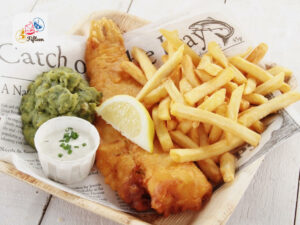
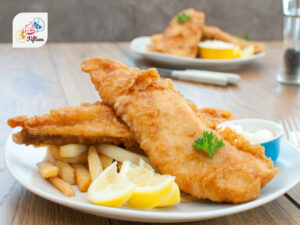
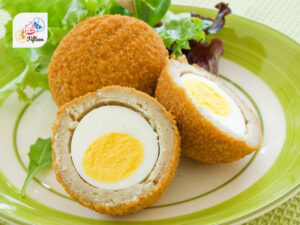
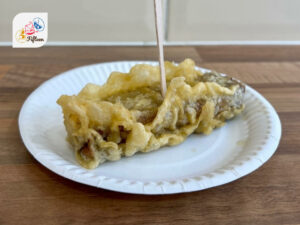
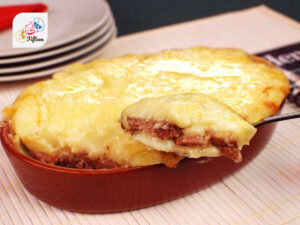
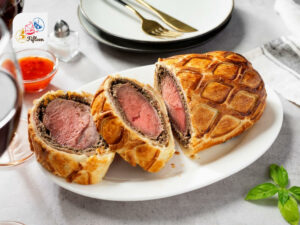
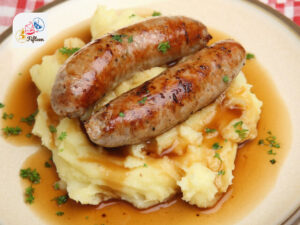
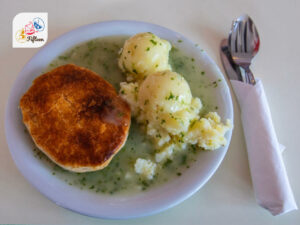

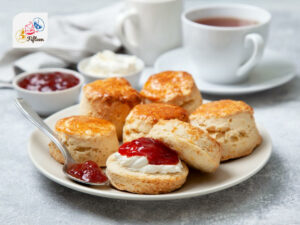
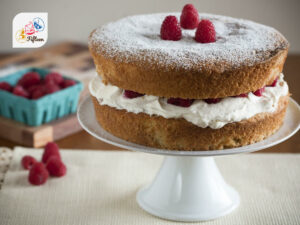
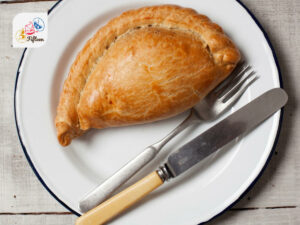
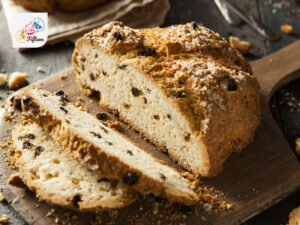
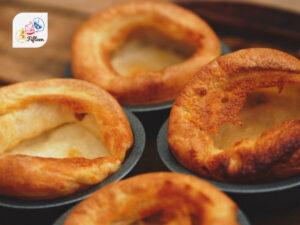
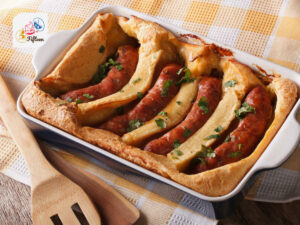
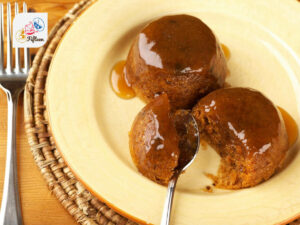
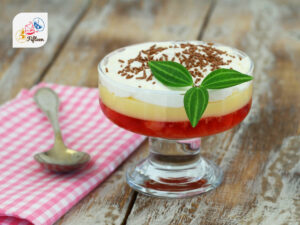
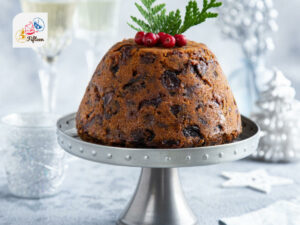
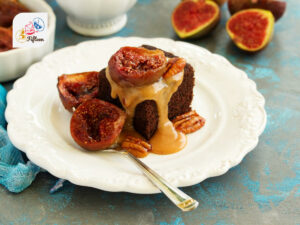
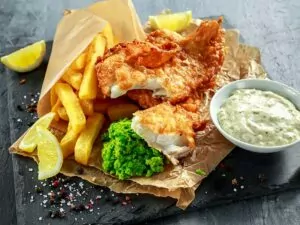
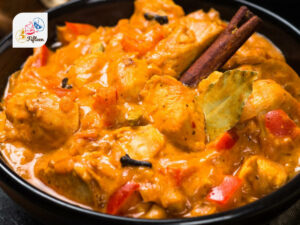

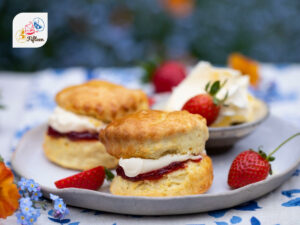
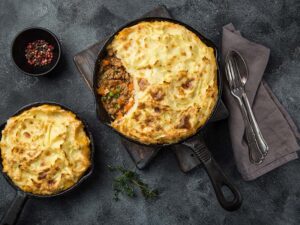
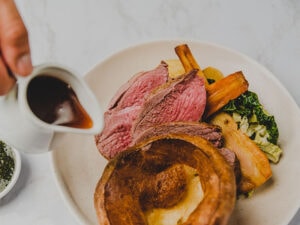
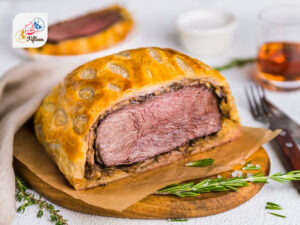
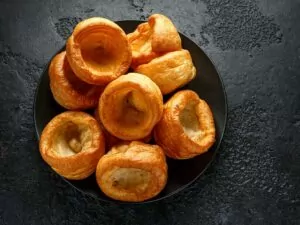
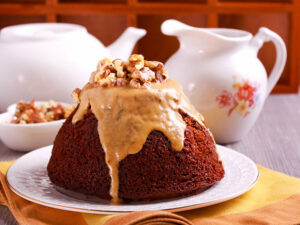
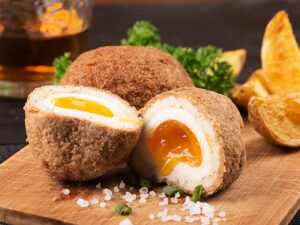





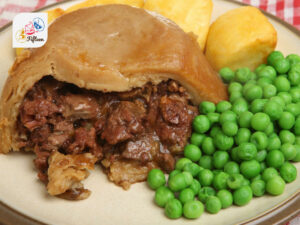

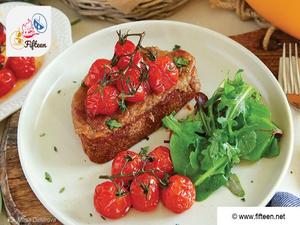
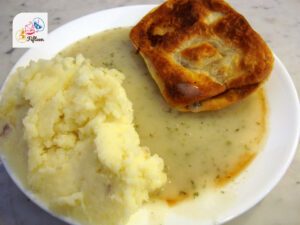
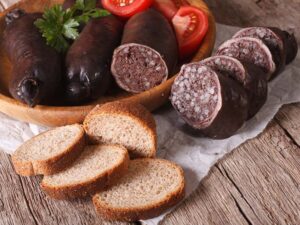
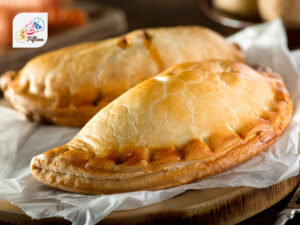
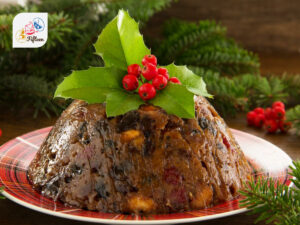
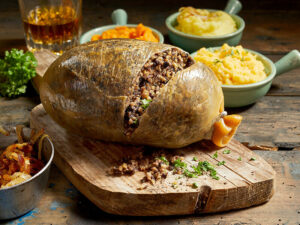
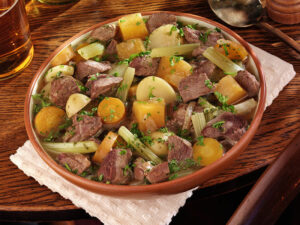
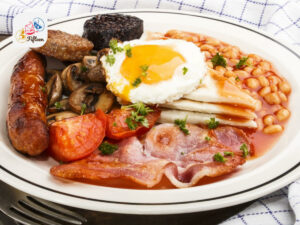
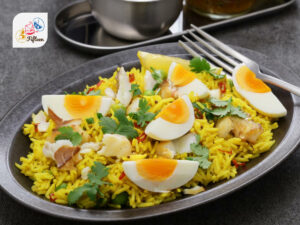
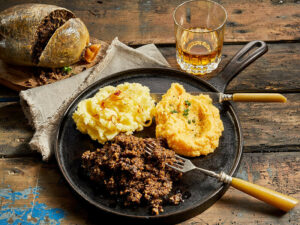
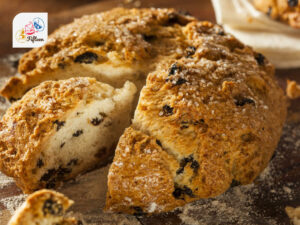
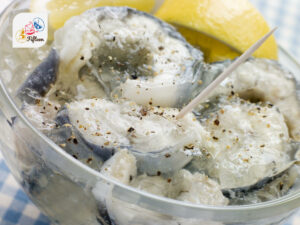
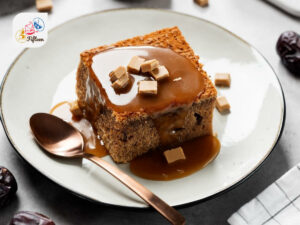
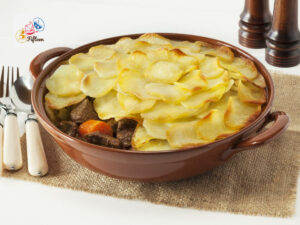
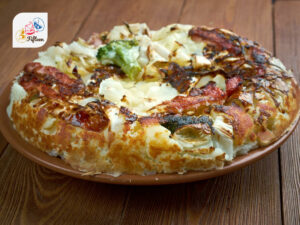
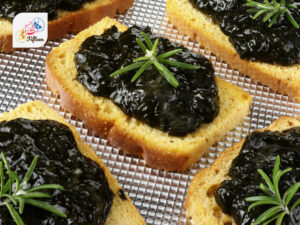
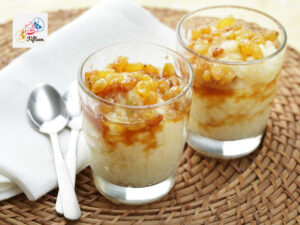
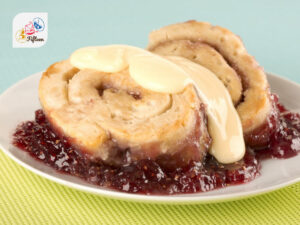
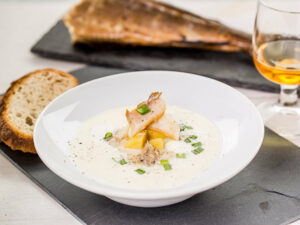
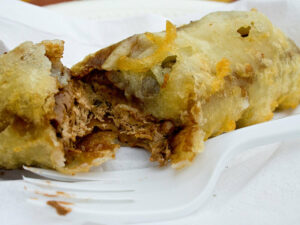
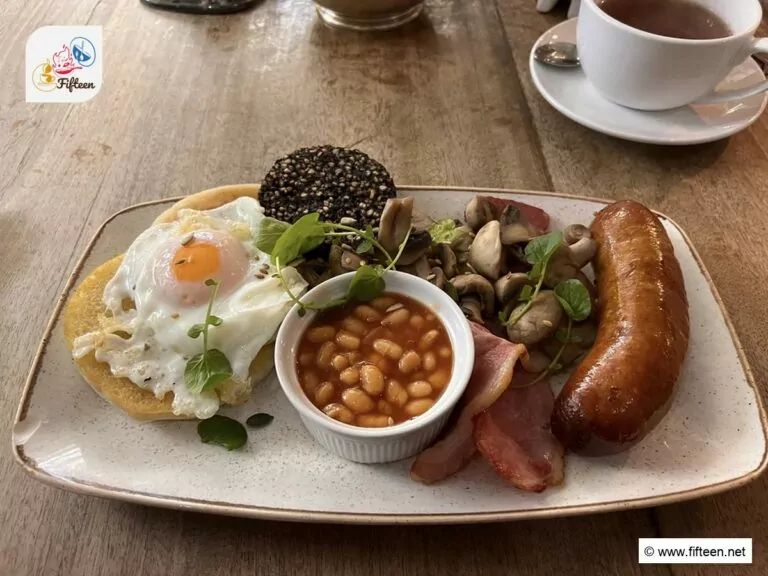
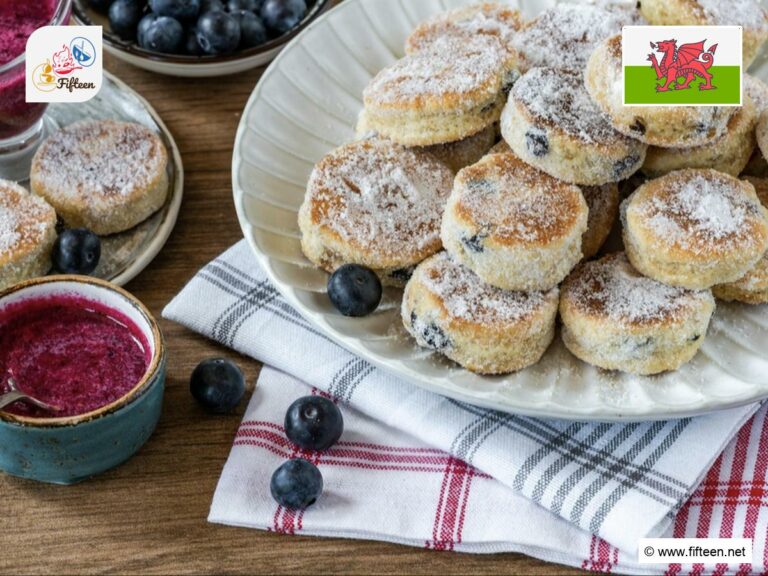
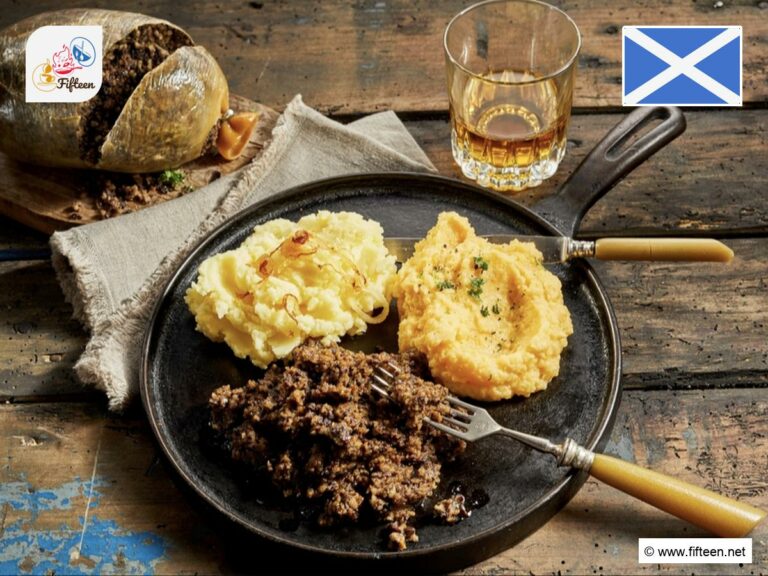
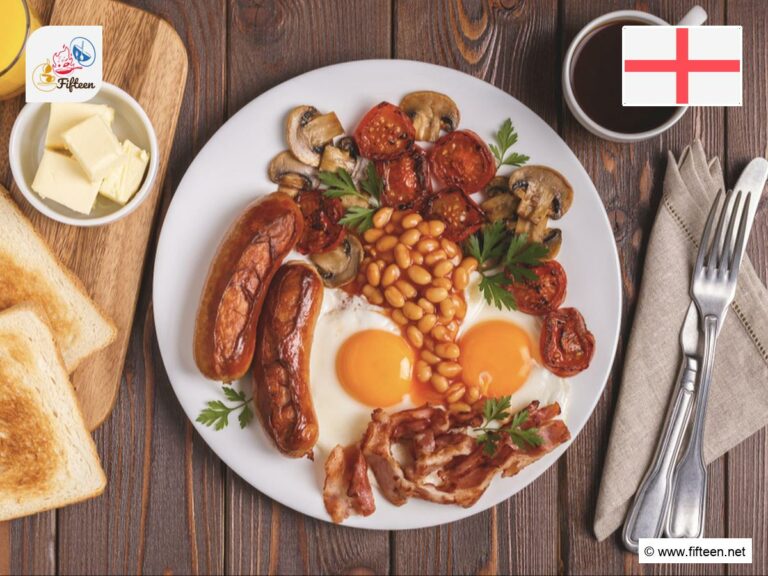
Jamie Scott
Editor in Chief, Senior Content Writer
Expertise
Home Cooking, Meal Planning, Recipe Development, Baking and Pastry, Food Editor, Cooking-video Maker, Western Food Evaluation Expert
Education
Le Cordon Bleu College of Culinary Arts
Local Community College, New York, NY
Jamie Scott is a skilled culinary expert and content creator specializing in Western cuisine. With over 15 years in the culinary field and formal training from Le Cordon Bleu, Paris, Jamie deeply understands how to blend nutrition with delicious flavors. His passion for cooking matches his commitment to making healthy eating accessible and enjoyable.
On Fifteen.net, Jamie brings a fresh perspective to classic dishes and beverages, offering readers insightful recipes, cooking tips, and a fresh view on meal planning that emphasizes taste, health, and simplicity.